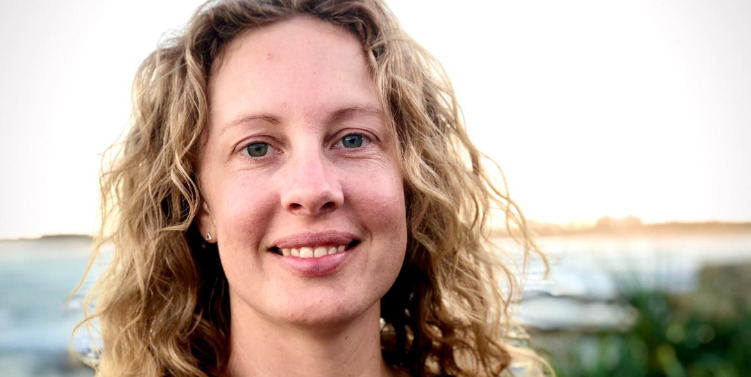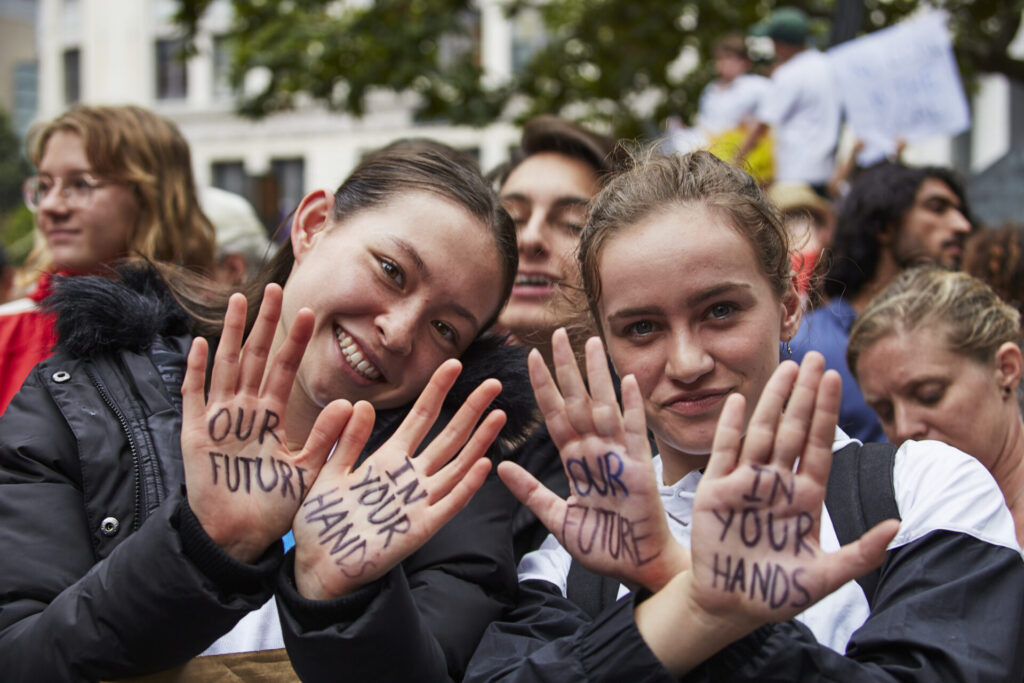
We are in a critical moment for action on climate change. As record-breaking bushfires and floods cut across the heart of our country, the Australian people, our governments and corporate leaders are increasingly aligned around climate ambition.
Strategic climate philanthropy can help catalyse this moment as a turning point for Australia and our planet. But what can philanthropy do to make the most of this opportunity?
To help answer this question, I interviewed 23 leading climate experts – change makers, advocates, scientists – and asked them to identify opportunities for impact in 2023. Here’s a snapshot of their combined wisdom – four opportunities to scale impactful work, and six under-resourced gaps:
Opportunity 1: Secure strong federal policies
Right now, we face a rare opportunity to secure ambitious climate policies from our Federal Parliament. Philanthropy has a critical role to play to ensure the Federal Government delivers on its election commitments with maximum ambition and establishes Australia as a global climate leader.
Opportunity 2: Phase out gas and coal – the drivers of climate change
Australia’s single biggest contribution to climate change is the coal and gas we extract and burn for domestic use or to export. While work to phase out coal-fired electricity in Australia is well developed, more funding is needed to reach the scale required to end the extraction and export of coal and gas.
Opportunity 3: A fair and fast transition to a clean economy
Australia has an opportunity to become a world leader in clean exports with our abundant renewable energy resources, expertise and natural capital advantages. People across the country are increasingly inspired by the potential of a zero-emissions future to create a cleaner, brighter Australia for our kids.
Opportunity 4: Electrify and clean up transport
Transport is Australia’s third-largest source of domestic emissions — and it is growing! As a nation, we must transition our outdated polluting cars to an electric fleet while also reducing our reliance on private vehicles and outdated road freight. Encouraging active transport (walking and cycling) also supports people to be more connected and active in their communities.

Gap 1: Protecting nature as a climate solution
Australia’s forests, bushland, mangroves and coastal ecosystems store significant amounts of carbon, but many of these ecosystems are under threat. Greater action in areas such as ending deforestation and supporting Indigenous land and sea management would make a significant impact.
Gap 2: Fossil fuel frontlines – Western Australia and the Northern Territory
Communities in Western Australia and the Northern Territory are facing the brunt of gas expansion, the worsening impacts of climate change, and the challenge of transitioning from a reliance on fossil fuels to drive their economic growth. At the same time, these jurisdictions are chronically under-resourced and their civil society organisations are underfunded.
Gap 3: First Nations climate action
Aboriginal and Torres Strait Islander peoples are at the forefront of both impacts and solutions to climate change. Philanthropists can support Aboriginal-led organisations to address climate change in accordance with the right to self-determination. This includes protecting Country from coal and gas, managing land and sea Country including by using fire, and fostering First Nations people-led climate solutions.
Gap 4: Agriculture and land use
Australia’s agricultural sector is a major source of carbon emissions, but equally offers significant opportunities for sequestering carbon. Philanthropic investment is urgently needed to support “carrot and stick” approaches to achieve transformational change in agriculture and land use.
Gap 5: Decarbonise industry
Many companies are making bold commitments to decarbonise, and philanthropy can help to ensure these commitments are implemented. Key initiatives include developing pathways to net-zero in all industries, increasing market demand for clean products, supporting collaborations across supply chains and direct advocacy toward big industrial emitters.
Gap 6: Climate impacts and adaptation
Australians are already living with the impacts of a changing climate. Increasing fires, floods and heatwaves are impacting vulnerable people the most and exacerbating existing inequalities. While it is primarily the job of governments to respond to climate impacts, philanthropy can support communities to boost their resilience and disaster preparedness, and to recover from extreme weather events.
These opportunities and gaps sit within a comprehensive Climate Change Funding Framework, designed to support funders to maximise the strategic impact of their philanthropy.
In the words of Christiana Figueres, the architect of the historic Paris Climate Agreement: “You can see climate change as the greatest threat that humanity has ever faced. Or we can see it as our greatest opportunity.” We cannot afford to waste this opportunity.
For a confidential conversation about how you can fund in the climate space, contact the AEGN’s climate lead Daisy Barham on [email protected] or explore becoming a member.A full version of the opportunities and gaps section of the Climate Change Funding Framework is also available on request.